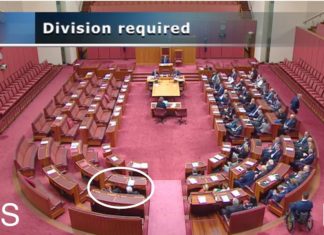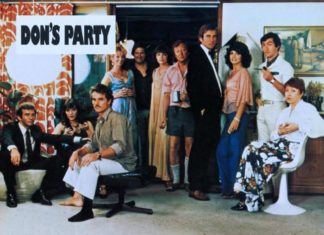Melbourne Traditionalists Episode Four: Political Journies
In this episode Mark Moncrieff from Melbourne Traditionalists interviewed me on my political journey from Liberal Party supporter to the ultra reactionary rascal I...
XYZ Live #78 – Ohio, Texas, Pauline Hanson and the Great Inconvenient Facts
Over the last week the US has been rocked by 3 mass shootings. 2 were committed by radical leftists and one by a man...
US mass shootings an escalation of political and ethnic conflict
It is curious that after a period of several days when an extremist leftist and an anti-white terrorist committed seperate mass murders and a...
For want of a good mission
350AD was a hell of a time in the old Roman Empire, unless you were those halfwits sitting all the way over east in...
Bigotry Bingo and The Great Bendigo Betrayal
Daniel Andrews is the Premier of Victoria, he’s done a lot of things while in office and today we are going to explore them.
We...
The Uncuckables Ep. 20: RatWorld
Our attention is being drawn back to the US as it gears up for another Presidential election:
Donald Trump's comments on rat infested Baltimore.
...
Paranoia over “antisemitism” rocks Australian parliament
It's 2019 in Australia, and the Overton Window is lying scattered on the floor of the Australia parliament.
From the Australian:
A senior government frontbencher has...
Melbourne Traditionalists Episode Three: The Left used Free Speech to spread Degeneracy
The 1977 Australian film Don's Party chronicals a dinner party on the night of the 1969 Australian election. Australian socialists were sure Labor would...
Giving power to the deviants
This article was originally published at https://pushingrubberdownhill.com/, where Adam Piggott publishes regularly and brilliantly. You can purchase Adam's books here.
Now that my website is no...
Australian Parliament Votes AGAINST Immigration Plebiscite AGAIN!
The Australian parliament in Canberra has voted against a bill calling for a plebiscite on immigration numbers. To put this more bluntly, this is...
















